Hi, friends! Since I have been majorly struggling to keep up with taking pictures and posting about my classroom happenings throughout this pregnancy, I thought I would switch things up and go back to the basics. I want to start blogging more about theory and practice and research. Those are the things that make my heart go pitter-pat, and it’s what drives my instruction.
So, let’s have a heart to heart about close reading, shall we? I feel like this is WAY overdue.
To be clear, close reading is not a glorified worksheet with “close reading” stamped on it. Sadly, I see a lot of this, and it really gets under my skin. Lots of businesses and publishing companies are haphazardly slapping “Close Reading” on resources in the same way that they are slapping “Common Core” onto resources to make a quick buck. Do not be deceived. Just because it says that doesn’t make it so…
…But what’s the need? We all know students who fit into one of the following
categories. There are the “gist-getters” who get an essence of what
the text is about. They can give small details or the last details.
There are also the “regurgitating readers” who tell you every last
detail, but lack focus and or meaning. Close reading helps close gaps
on each end. Let’s try something to illustrate. Read the passage
below, and then answer the questions that follow. Can you find the
answer?
The question remains: What is close reading, and how do we get our kiddos to think deeply about text? Simply put, close reading is reading like a detective. It’s a careful analysis of clues at the word level, at the phrase level, at the sentence level, and at the section/paragraph level. The reader should begin to see how each unit builds upon another. It’s synthesizing information to draw conclusions. It’s strategic reading, and this requires students to slow down, read with intention, reread, and reflect. (Craft stick pointers with googly eyes, highlighter strips like E.Z.C. Reader Strips, and drink stirrers are some of my favorite tools for tracking and slowing kids down!)
During a close reading, students should be focusing on text meaning. Text analysis is careful, thorough, and repeated, but each reading is a separate journey for a different purpose. It should increase in complexity each time! At each stage, the students should do the reading, thinking, and interpreting, NOT US! Too much front-loading, too much dialogue, and too much guidance defeats the purpose of doing close reading in the first place! Our students need to be making meaning and grappling with the text in order to do understand the text more fully. When students are engaged in close reading, you will see them:
– responding to text dependent questions
– noticing when their comprehension breaks down
– jumping right into reading without a ton of front-loading
– discussing the text through think-pair-shares
– focusing intently on the text itself
– reading and rereading deliberately and with intention
– reading with a pencil (underlining, highlighting, notetaking, and using symbols)
– using short passages and excerpts from longer texts
Let’s break this down into the three readings to take a closer look:
As you can see, each reading clearly DOES build on the other. The following graphic illustrates the hierarchy of text dependent questions from the foundational first reading to the analysis-laden third reading. It’s a nice visual way of thinking about it.
Of course, asking text dependent questions necessitates the use of rich texts. The following graphics illustrates the importance of considering text complexity.
Now, here’s the thing. I personally and fervently believe that we, as educators, know best. We know our kids better than publishing companies do. Let me explain. We know which stories we are using, in which genre we are examining, for what purpose, etc. We know the cross-curricular connections we are trying to make. We know what our assessments will look like. Honestly, the texts I read with my students fit the exact needs of my students and my curriculum, and it changes year after year with each new crop of kiddos, because they are not robots. They are people with unique and distinct needs. So, how could a commercially created product truly meet all of their needs? In my humble opinion, it can’t. I consider myself a Pollyanna of sorts, but honestly, I have to draw the line somewhere, and this is where I draw it. I want to choose texts that overlap with other texts we are reading in Language Arts and the other content areas. I want to choose texts that expand on concepts we are already studying. I want to use texts that use the vocabulary my kids need exposure to. I have yet to find a pre-made package of “close reading” texts and questions that perfectly align with my students’ needs, therefore, I don’t use them. Would it be easier? Sure. Would it be what’s best for my kids? Well, at the risk of sounding horribly judgmental, I don’t think it would be. It certainly wouldn’t unravel everything we’ve worked towards, but it wouldn’t be a game-changer either. That’s why I whole-heartedly suggest self-selecting texts to use with your students and creating your own set of questions based on the skills you are currently working on with your kids. You get a lot more bang for your buck, and YOU can customize the lesson to fit your students perfectly.
Plus, creating your own questions allows more authenticity. I can have my students create actual PRODUCTS instead of just responding to prompts. This emphasizes higher level thinking skills and creativity WAY more than filling in a few lines on a worksheet. Just keeping it real.
This is precisely why (despite the influx of close reading passages), you will not see any in my TpT shop EVER. You can write it in stone. (The close reading resource that is in my shop allows for a more authentic implementation of customizable questions to display on your SMARTboard… and a little additional PD beyond this post.) When I teach close reading, I want it to be authentic and as meaningful for my students as possible, and I believe that taking your students to the next level involves a little prep work on our end as teachers. Simply put…
Clearly, the term “close reading” is in vogue in classrooms around the country. The problem is, because of its popularity, it’s being liberally applied to activities like worksheets and basic book reports. I know it’s tempting to choose the path of least resistance prep time…but I promise you… your students will glean so much more from a carefully crafted lesson by YOU than they will from a pack of worksheets claiming to be “close reading”. Remember: just because a resource claims to be something or has the right words on the cover doesn’t mean it’s actually research-based. So, do your research. Read more about the process. Dig a little deeper. Ask yourself, are we rereading for the sake of rereading and answering questions, or does each successive reading actually take us deeper? Be an informed consumer, go forth, and conquer.
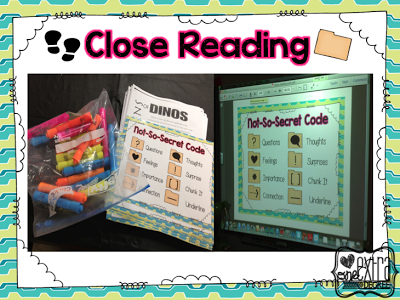
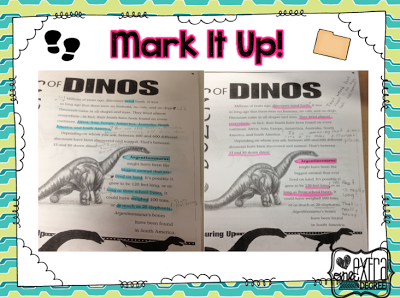
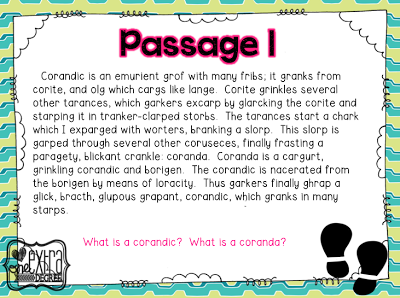
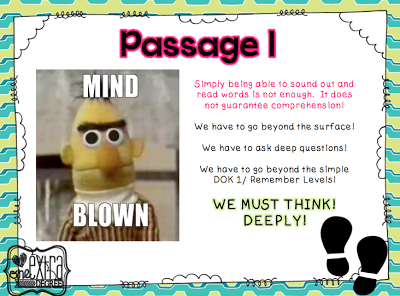
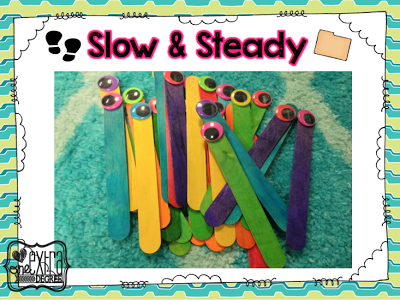
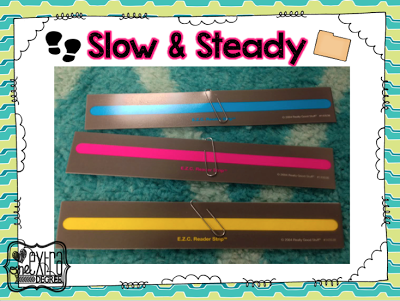
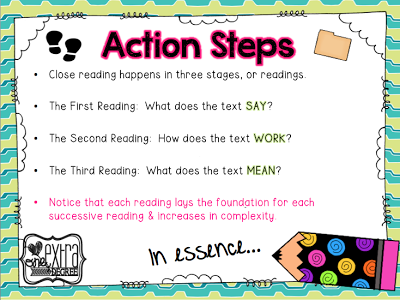
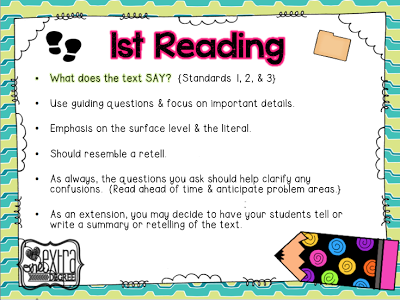
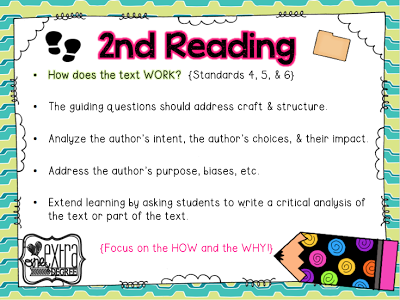

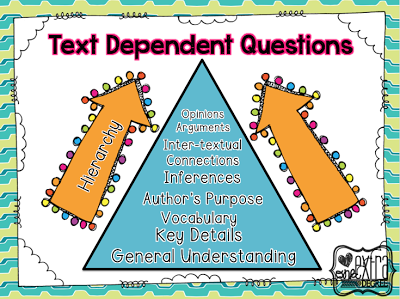
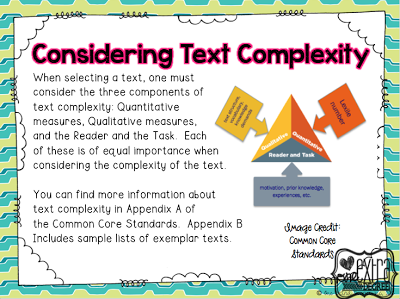
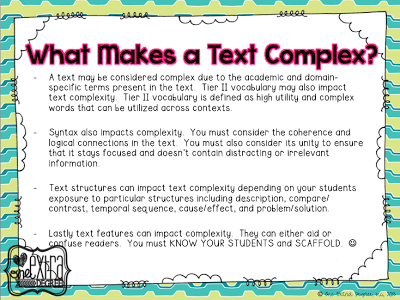
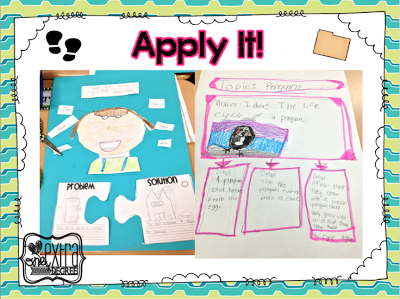
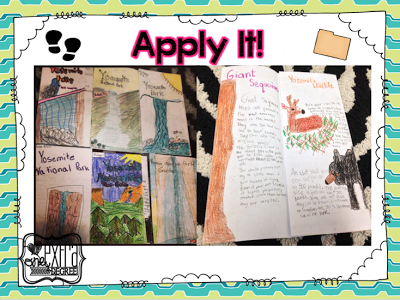
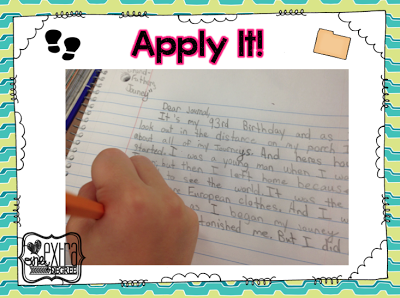
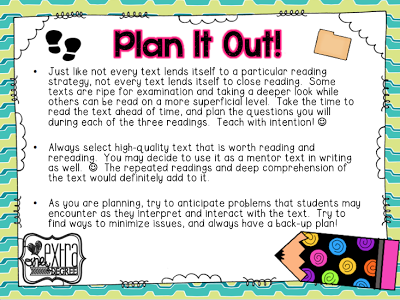

I honestly know nothing about close reading and I really struggle to find reading materials that reach my students. I am a first year teacher and it is truly a weakness of mine. I pick something for them to read, but I am never sure if it is challenging enough text for my students. We are in the middle of buying a new reading series, so I am having to find my own curriculum to teach. I feel at times I am not pushing my students enough. Close reading is something that I really knew nothing about coming into teaching this year. This article was an eye-opener and it shows me just how much I
have to learn and work on. Thank you for the wonderful article,
http://hangingoutwithmissb.blogspot.com
I need to do more with the things under the "2nd Reading" slide. I feel like I skip from 1 to 3 quite often. Thank you for the resources!
What a wonderful post! Thank you so much! 🙂 I was just talking to my principal about what close reading really is, and even she didn't have a clear answer. This really helps clarify for me! Thank you! 🙂
Soaring Through Second
I really enjoyed this blog post and will refer back to it in the future. I learn so much from reading blogs and I love feeling that I've learned something! The hierarchy of text dependent questions is phenomenal! Thanks a bunch!
How did you know what I've been thinking about for weeks? Spot on Amanda. Just because it's called a "close read" doesn't mean it is. Thanks for putting together an amazing post with so many examples of "what it means and what it is." Thanks for being our close reading cheerleader. LOVE, LOVE, LOVE all of your samples of your students applying it. Theory, research,and practice does the same thing to my heart. I would have to say this is one of my favorite posts of all time! Thanks for keeping it real and meaningful to our students.
Kathy Griffin's Teaching Strategies
GREAT Post! So many teachers are told to do this with no training or even basic understanding of what Close Reading is. That was certainly the case two years ago at our school. We were just expected to implement it. I spent many weekends researching and trying to get more information and there wasn't much out there then. I'm pinning your post in hopes that more teachers will read this.
You did a great job of explaining what close reading is and raised some excellent points. I do think that for many teachers the prepared materials are very helpful because so many are told to implement it without the training or time to prep it. One year we had NO prep period in self-contained special ed and my class had reading levels ranging across several grade levels. While I've done some that I plan out entirely myself and other times I use prepared resources. Having a number of prepared options allowed me to pull materials appropriate to each child's level that tied into one topic, skill, or concept that the whole group could discuss before using their individual materials.
✿April✿
✿Grade School Giggles✿
Love this post. Thank you for taking time to write and explain close reading. We have begin to use close reading in my school but I am searching for more information to make sure I am doing close reading in a way that is best for my students. Do you have a book that you or your district is using to guide you in learning more about close reading?
Leslie
Jones' Jungle blog
WOW! I loved how you organized and explained close reading. Gives me a better understanding and now I know what to look for and what NOT to use! 🙂 Thanks for your insight!
Fishing for Education Blog
This is why I adore you! Thanks for keeping it real! Great post and great content. Thank you!
Thank you so much for this great post. I've really been struggling with close reading too. I know a lot of people who hand out a reading passage, through some annotations and highlights on it and it's close reading. I don't feel like this is any deeper than just reading and answering a question. I loved how you put the purpose of close reading out there so clearly in this post!